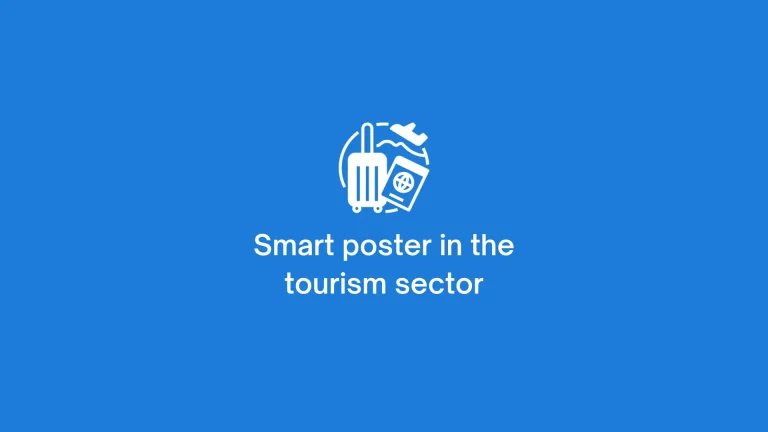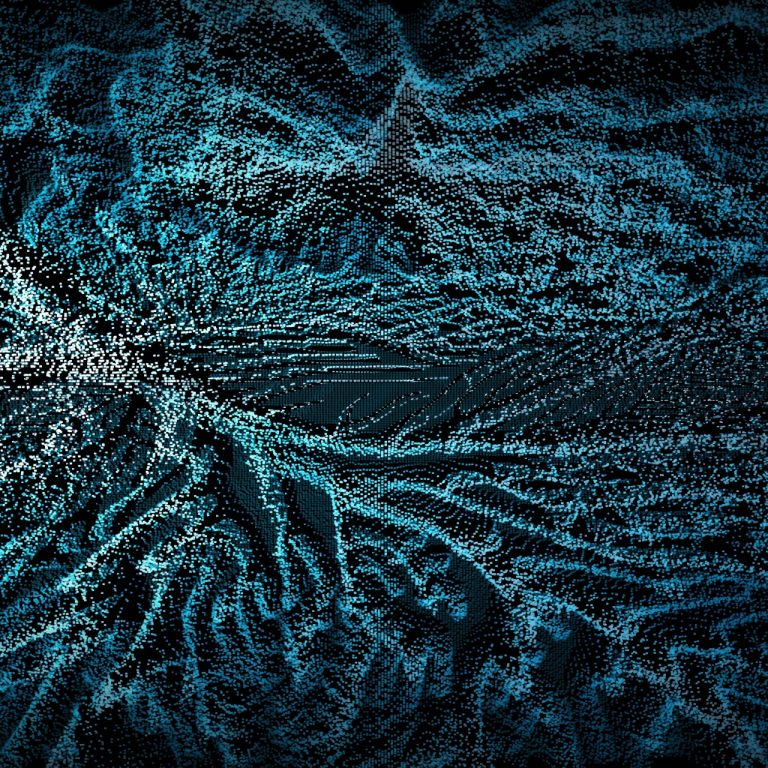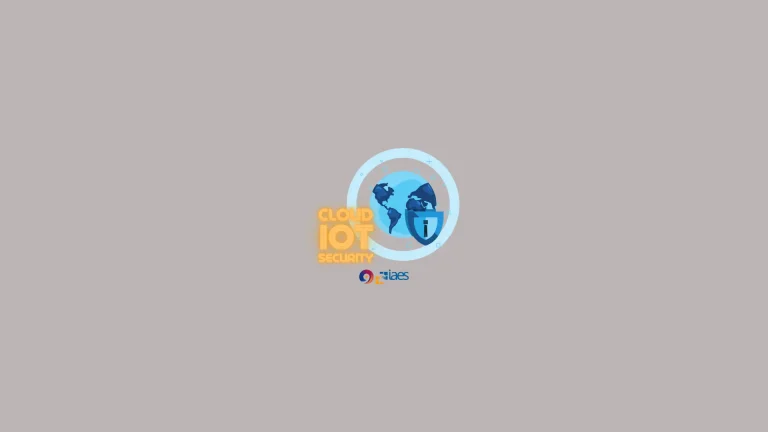Salam, rekan Nawala! Semoga kalian selalu dalam keadaan sehat.
Ini adalah IAES Nawala dari Institute of Advanced Engineering and Science. Hari ini kami akan berbagi kabar tentang smart farming. Smart farming merupakan teknologi yang menggunakan data untuk meningkatkan efisiensi dan produktivitas pertanian. Ini melibatkan pengumpulan dan analisis data, pertanian presisi, otomatisasi, IoT, drone, perangkat lunak manajemen pertanian, dan keberlanjutan lingkungan. Pendekatan dengan teknologi ini harapannya dapat meningkatkan hasil panen dan menghemat biaya. Seperti yang diungkapkan pada penelitiannya Al-Khowarizmi (2022) terkait smart farming di sebuah lahan pertanian yang menggunakan pendekatan teknologi informasi.
Information technology based smart farming model development in agriculture land
Al-Khowarizmi Al-Khowarizmi, Arif Ridho Lubis, Muharman Lubis, Romi Fadillah Rahmat
Smart farming in various worlds is not just about applying technology in terms of storing data on agricultural land. However, having a concept of measurable data based on available computational techniques trained and then generating knowledge. As an application, the agri drone sprayer can be used for the process of applying pesticides and liquid fertilizers on each side. In addition, drone surveillance is also useful in implementing smart farming such as mapping land so that farmers will know the condition of their agricultural land. However, the soil and weather sensor will also help the farmers to monitor the farmland as well. Devices with sensors can only obtain data in the form of air and soil humidity, temperature, soil pH, water content and forecasting the harvest period. So that the smart farming model can help farmers to get recommendations, in preventing the predicted damage to their land and crops. However, according to its geographical location, the application of smart farming can be a smart solution to agricultural problems in Indonesia and make the future of Indonesian Agriculture a technology-based smart agriculture.
Pertanian vertikal adalah metode pertanian yang mengoptimalkan penggunaan ruang dengan menanam tanaman secara vertikal. Tung Ng dkk. (2023) memperkenalkan solusi smart farming berbasis IoT untuk memantau dan mengelola pertanian vertikal. Pengguna dapat mengatur kelembapan tanah dan memberikan sinar ultraviolet pada tanaman. Solusi ini dapat memantau secara real-time, mengurangi konsumsi energi, meningkatkan fleksibilitas, serta meningkatkan produksi pangan yang berkelanjutan dan efisien.
IoT-enabled system for monitoring and controlling vertical farming operations
Harn Tung Ng, Zhi Kean Tham, Nurul Amani Abdul Rahim, Ammar Wafiq Rohim, Wei Wen Looi, Nur Syazreen Ahmad
In this paper, we present an internet of things (IoT) powered solution that facilitates effortless monitoring and management of vertical farming operations. Our proposed approach employs cost-effective embedded microcontrollers and sensors to keep a tab on crucial parameters like soil moisture, air humidity, and temperature. The data acquired from these sensors can be accessed through a web page that is compatible with all web browsers and smart gadgets such as mobile phones and tablets. Furthermore, the IoT platform offers users the ability to regulate soil moisture and administer ultraviolet light to plants. The system can bring many benefits such as enabling real-time monitoring and control of environmental conditions, reducing energy consumption, improving scalability and flexibility, and contributing to the sustainable and efficient production of food.
Smart farming tidak terbatas hanya untuk tumbuhan saja, implementasi pada peternakan ataupun perikanan juga termasuk di dalamnya. Seperti penelitian oleh Moutaouakil dan Noureddine (2023), mereka membuat desain aplikasi untuk memantau hewan ternak. Adopsi sistem ini menjanjikan hasil yang baik untuk mentransformasi peternakan sapi tradisional secara cerdas dengan mengurangi waktu pemantauan manual dan mencapai akurasi yang baik dalam deteksi dini penyakit, pelacakan otomatis siklus estrus, dan pemetaan lokasi sapi di seluruh ladang peternakan.
A design of a smart farm system for cattle monitoring
Khalid El Moutaouakil, Noureddine Falih
The integration of technology in agriculture has led to the adoption of smart farming systems, which are becoming increasingly popular for optimizing resources, reducing labor costs, and improving efficiency. This article presents a design of a smart cattle monitoring farm system, which focuses on monitoring individual animal behavior and health, improving resource management, and optimizing overall farm efficiency. The proposed system integrates various internet of things (IoT) sensors, communication technologies, and cloud computing to provide a real-time monitoring solution for cattle farms. The system uses machine learning (ML) algorithms to analyze data on cattle behavior, health, and performance, which can be accessed through web and mobile applications by farmers to proactively monitor their herd. The adoption of the system promises good results for intelligently transforming traditional cattle farming by reducing manual monitoring time and achieving a good accuracy in early detection of diseases, automated tracking of estrus cycles, and location mapping of cattle across the farm fields.
Smart farming di bidang perikanan disebut juga smart aquaculture. Smart aquaculture dikembangkan menggunakan teknologi canggih untuk memantau, mengelola, dan meningkatkan produksi ikan. Penerapan sistem pemantauan lingkungan, pemberian makan otomatis, analisis data, dan manajemen air efisien membantu meningkatkan keberlanjutan operasi smart aquaculture. Al-Mutairi dan Al-Aubidy (2023) dalam penelitiannya menunjukkan bahwa pendekatan bidang perikanan yang dikombinasikan smart farming mencapai kinerja terbaik dari sistem pemantauan dan kontrol waktu nyata di kolam ikan.
IoT-based smart monitoring and management system for fish farming
Abdallah Waddah Al-Mutairi, Kasim Mousa Al-Aubidy
Fish farming is still controlled and managed in the traditional way where water quality and fish feeding are manually controlled. There is a need to use computer and communication technology in fish farms for remote monitoring and control. This paper deals with the design and implementation of an internet of things (IoT) based system for real-time monitoring, control and management of fish farming. The design of such a system is based on measuring different types of variables and using the information to control fish growth and increase productivity. Each fish pond is a node in a wireless sensor network. The node contains an embedded microcontroller connected to a set of sensors and actuators and a wireless communication module. Two fuzzy controllers are designed to control the water quality in the ponds as well as the environment using five sensors in each pond plus three environmental sensors. Practical results indicate the accuracy of the measurement system compared to the results obtained from commercial devices used on the farm. These results also showed that the proposed approach achieves the best performance of the real-time monitoring and control system in fish ponds.
Beberapa artikel di atas merupakan bagian kecil dari penelitian mengenai smart farming. Untuk mendapatkan informasi lebih lanjut, pembaca dapat mengunjungi laman dan membaca artikel secara GRATIS melalui tautan-tautan berikut: https://ijai.iaescore.com/, https://ijres.iaescore.com/, https://ijeecs.iaescore.com/, dan https://beei.org/.
Redaksi: I. Busthomi



